The world of science is about to break free from laboratory walls in the most ambitious global outreach event ever conceived. Virtual Science Festival: 24-Hour Lab Live promises to take viewers on an uninterrupted day-long journey through cutting-edge research facilities across continents, showcasing real-time experiments and breakthrough discoveries as they happen.
This groundbreaking broadcast will stitch together live feeds from dozens of participating institutions, creating a seamless narrative that follows the sun's path across time zones. From the particle accelerators of CERN to marine biology labs in the Great Barrier Reef, from the International Space Station to underground neutrino observatories, the festival offers unprecedented access to places normally hidden from public view. What makes this event extraordinary isn't just the caliber of participating labs, but the carefully orchestrated transitions that will make a volcanic research station in Iceland hand off smoothly to a nanotechnology clean room in Singapore.
The human element forms the heart of this scientific marathon. Researchers have prepared specially designed demonstrations that reveal the poetry in their daily work - crystallographers will grow protein crystals like time-lapse gardens, astrophysicists will track pulsar signals in audible rhythms, and materials scientists will demonstrate metamaterials bending light in impossible ways. Between these scheduled moments, viewers will witness the authentic, unscripted hustle of laboratory life: the intense focus during critical procedures, the spontaneous collaborations, and yes, even the occasional equipment malfunction that shows science as the profoundly human endeavor it truly is.
Production teams have spent months developing innovative camera systems that capture science at multiple scales simultaneously. Picture-in-picture displays will show microscope views alongside researcher close-ups, while augmented reality overlays will visualize normally imperceptible phenomena like magnetic fields or quantum effects. Some labs have even installed pressure-sensitive floors that translate movement into data sonification, turning a busy workday into an evolving musical composition.
Educational components have been woven throughout the broadcast with remarkable subtlety. Rather than traditional lectures, viewers will encounter "science storytellers" - researchers specially trained in narrative techniques who can explain complex concepts through the natural drama of experimentation. The festival will also feature a dynamic global heatmap displaying real-time viewer questions being routed to the most appropriate labs, creating a living dialogue between public curiosity and scientific expertise.
Behind this technological and logistical marvel lies a deeper philosophical mission. In an era of increasing skepticism toward evidence-based knowledge, the organizers aim to rebuild trust through radical transparency. There will be no editing, no retakes - just the authentic, sometimes messy process of discovery. Viewers will see hypotheses proven wrong, witness the meticulous documentation of negative results, and gain appreciation for how scientific consensus actually forms through repetition and verification across global networks.
The temporal dimension adds another layer of meaning. As the broadcast progresses through different time zones, it will reveal distinct cultural approaches to scientific inquiry while highlighting universal methodologies. The midnight oil burning in one lab becomes the morning coffee-fueled brainstorming in another, creating a powerful visual metaphor for the around-the-clock nature of modern research. Night shift researchers in observatories will share their unique perspective on the circadian rhythms of science.
Special attention has been given to making the invisible visible. Labs working with dark matter, quantum physics, or microscopic organisms have developed stunning visualization techniques. One neutrino detection facility will pipe its raw data stream into a generative art algorithm, producing a constantly evolving masterpiece that reflects subatomic interactions in the detector's chamber. A bioengineering lab will project fluorescent markers onto full-scale models, letting viewers "walk through" a magnified cell structure.
The festival's interactive elements break new ground in public engagement. At predetermined moments, viewers will collectively influence real experiments through aggregated voting - perhaps deciding which crystal structure to grow next or choosing between potential chemical reactions. These democratized science moments come with careful explanations about constraints and ethical boundaries, offering subtle education about the framework within which research operates.
As the 24-hour cycle completes its circuit, culminating with sunrise at the original broadcast location, the event will have achieved something unprecedented: a complete circadian rhythm of global science, laid bare with all its brilliance, tedium, frustrations and triumphs. The organizers hope this unfiltered view will inspire a new generation of scientists while giving the public renewed appreciation for the human stories behind every discovery. In connecting laboratories worldwide into a single narrative, the festival makes visible the truth that science has always been a collective endeavor - we're just finally able to see it all at once.
Practical details about streaming platforms and schedules are being released gradually to maintain anticipation, but one thing is already clear: this event will redefine public understanding of how science actually works. By removing all filters between the research frontlines and global audiences, the Virtual Science Festival promises to achieve what countless documentaries and articles cannot - letting the authentic process of discovery speak for itself.
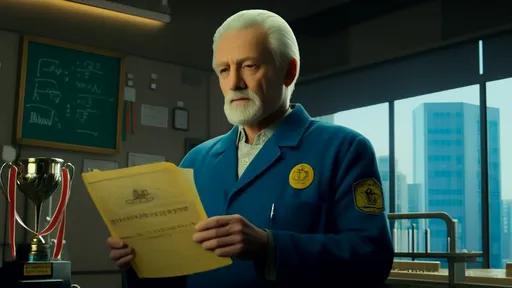
By /Jul 2, 2025
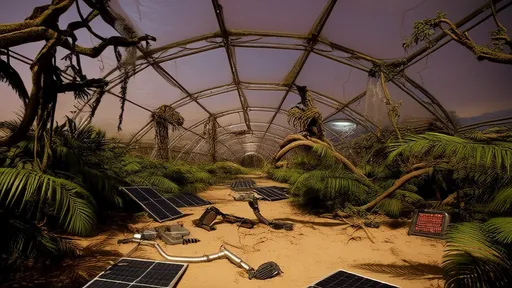
By /Jul 2, 2025

By /Jul 2, 2025
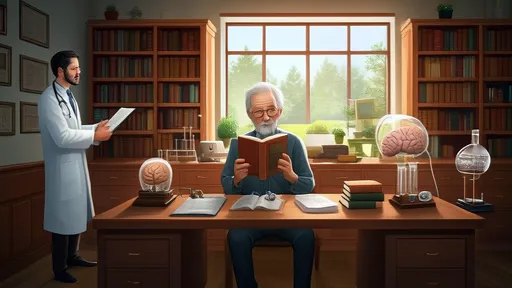
By /Jul 2, 2025
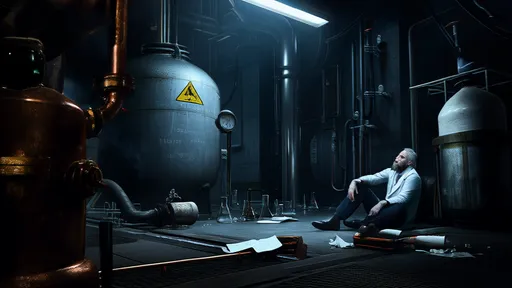
By /Jul 2, 2025

By /Jul 2, 2025

By /Jul 2, 2025
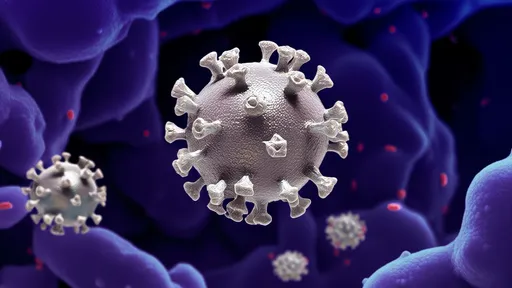
By /Jul 2, 2025

By /Jul 2, 2025

By /Jul 2, 2025

By /Jul 2, 2025
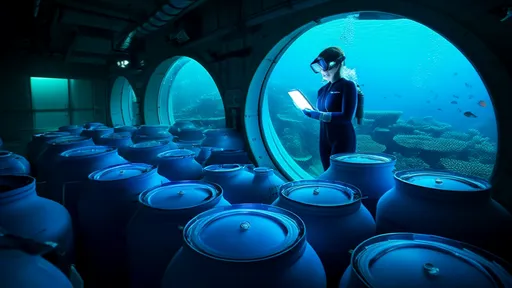
By /Jul 2, 2025

By /Jul 2, 2025
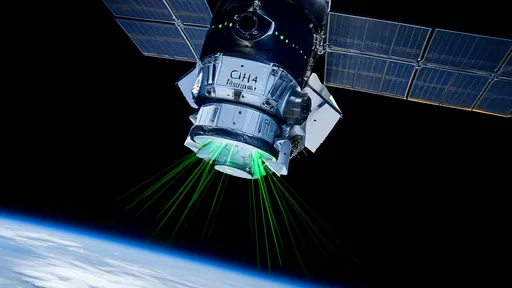
By /Jul 2, 2025

By /Jul 2, 2025

By /Jul 2, 2025

By /Jul 2, 2025